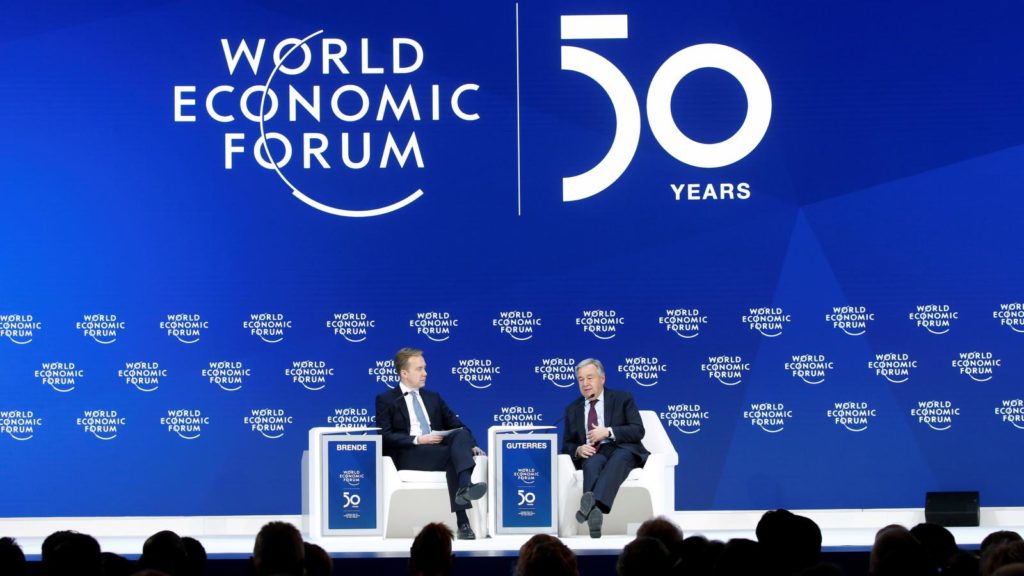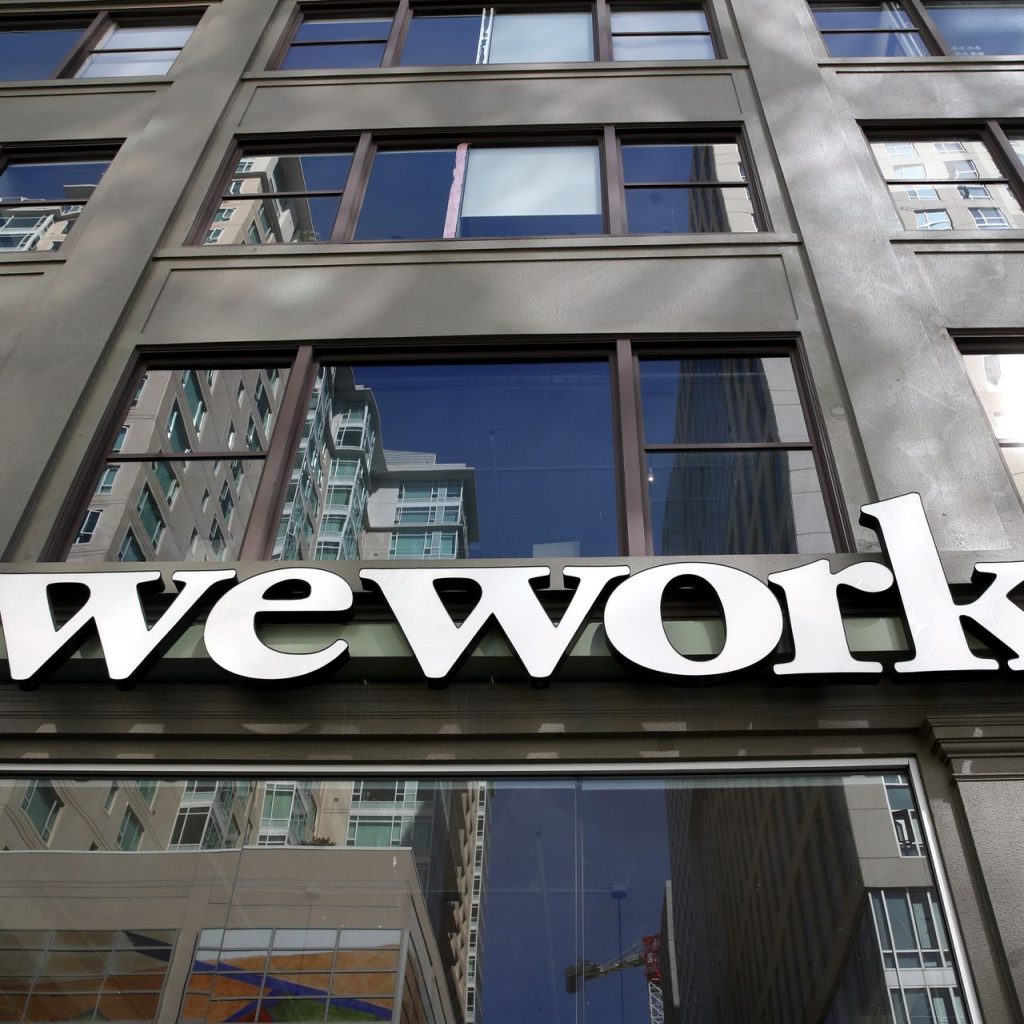Rising interest rates and increased competition are causing U.S. banks to decrease their commercial real estate lending this year, according to a recent report by CoStar.
Jamie Woodwell, vice president of commercial real estate research for the Mortgage Bankers Association, notes: “Borrowing and lending . . . decreased 3% during the third quarter and was 7% lower than a year ago.”
Statistics show total CRE lending is slowing
But as we’ve written before, statistics should always be looked at very closely. While it’s true that commercial real estate lending as a whole is declining, the bright spot among all CRE asset classes is multifamily housing.
Breaking down commercial real estate lending by U.S. banks by asset class shows that borrowers are still asking for – and receiving – loans for multifamily development, even with today’s slightly higher interest rates.
When looking at the change in dollar loan volume year-over-year:
- Health care – declined by 55%
- Retail – declined by 28%
- Hotel – declined by 19%
- Office – declined by 17%
While multifamily lending is seeing double-digit increases
On the other hand, multifamily loan origination for Q3 2018 increased by 19%.
Banks are paring down their overall commercial loan portfolios. Still, the dollar volume of loans originated for multifamily property by life insurance companies grew by 4% and multifamily loan origination from Fannie Mae and Freddie Mac was up 3% over this last quarter.
Meanwhile, over the same time frame, five out of the top 10 banks with the largest commercial real estate loan portfolios decreased their holdings. For example, Wells Fargo trimmed its $134 billion commercial property loan portfolio by about $2.7 billion.
In today’s environment of rising interest rates the big U.S. banks are having a tough time gaining new business while trying to balance their heightened exposure to rising interest-rate risk and credit risk.
If CRE lending is slowing why are multifamily loan originations still growing?
Multifamily property (along with industrial) are the only two commercial real estate asset classes that are on the radar screen of real estate investors and commercial real estate lenders.
The smart money considers multifamily housing to be a safe haven regardless of today’s changing economic environment. Even though multifamily property prices have increased over 11% the past year – higher than the 10% price growth seen in 2017 – investing in multifamily property continues to provide stable and safe returns.
Multifamily investment fundamentals are strong and attractive to investors
Steve Guggenmos, VP Research & Modeling at FreddieMac Multifamily, continues to see continuing strong fundamentals for the multifamily housing market in the U.S. So much so that multifamily loan origination volume is expected to rise to $305 billion by the end of 2018.
There are several reasons why the demand for multifamily property investment continues to rise:
- Apartment net positive absorptions were 300,000 units in the last four quarters
- Completions of multifamily dwellings increased 11% the first 6 months of 2018
- Permitting and starts for multifamily product are 5% greater than in 2017
- Rent growth in the multifamily market remains healthy and above historical averages, with rents expected to increase 4.2% this year and 3.9% in 2019
- Vacancy rates over the next few years are expected to remain steady at about 6.5
[https://mf.freddiemac.com/viewpoints/steve_guggenmos/20180809_2018_mid_year_outlook.html]
Multifamily housing is historically recession-resistant
Regardless of the economic environment people still need a place to live. After the Global Financial Crisis in 2008 residential foreclosures boomed, people lost their homes . . . and the demand for multifamily housing increased dramatically.
Even though the real estate market and economy have long since improved, multifamily housing demand continues to grow as people seek out more affordable housing options. While economic factors certainly play a role in rising demand, millennials and people nearing retirement age simply see less value in home ownership than generations of the past.
We’ve written previously about the structural change taking place in the housing market today.
It is a fundamental realignment that has little to do with traditional supply and demand. This, combined with home ownership increasingly being excluded from the American Dream, and powerfully strong investment fundamentals, help ensure that the demand for multifamily housing will continue to grow today and tomorrow, and for years to come.
Join Our Newsletter!




